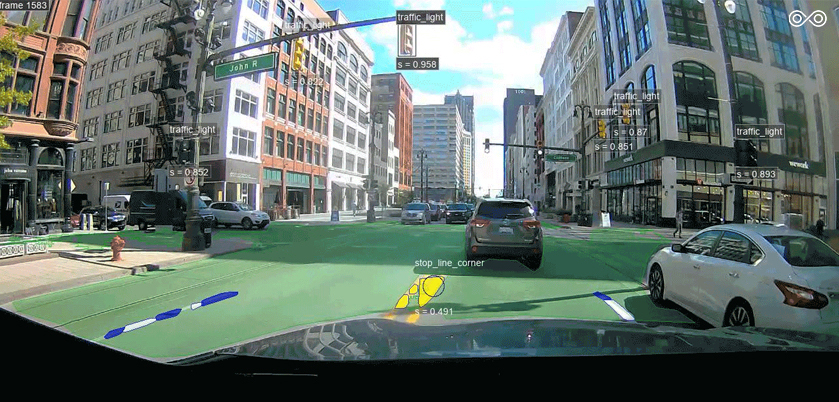Toyota Research Institute-Advanced Development (TRI-AD) has completed proof of concepts for HD map building.
The proof of concepts verified that building map information via data from cameras in ordinary vehicles and satellites, and applying vehicle data from TRI-AD’s Automated Mapping Platform to other platforms, are effective for HD map building.
Toyota says this could reduce the delay in updating HD maps for automated driving, areas of map coverage can be expanded quickly and costs to build and maintain HD maps can be substantially reduced.
Mandali Khalesi, vice president of automated driving strategy and mapping at TRI-AD, said, “I’m very pleased to announce the results of the PoCs with Maxar and NTT Data, and CARMERA, and also the results of our new demonstration partners, TomTom and Here. We got a step closer to a future where automated driving becomes a safer and more accessible technology for all. We will continue to cooperate with partners as we further refine our accuracy.”
TRI-AD has worked with Maxar Technologies at NTT Data to build automated HD maps since April 2019, and they demonstrated that information can be improved by removing non-map pixels including shadows and automobiles.
TRI-AD worked with CARMERA to carry out camera-based HD mapping using dashcams to detect and place key road features in Tokyo and two US cities.
TomTom helped TRI-AD create and update urban roads including lane markings using its HD maps in near real time.
Working with Here Technologies, positional errors in the vehicle data were corrected to automatically create surface road maps.


